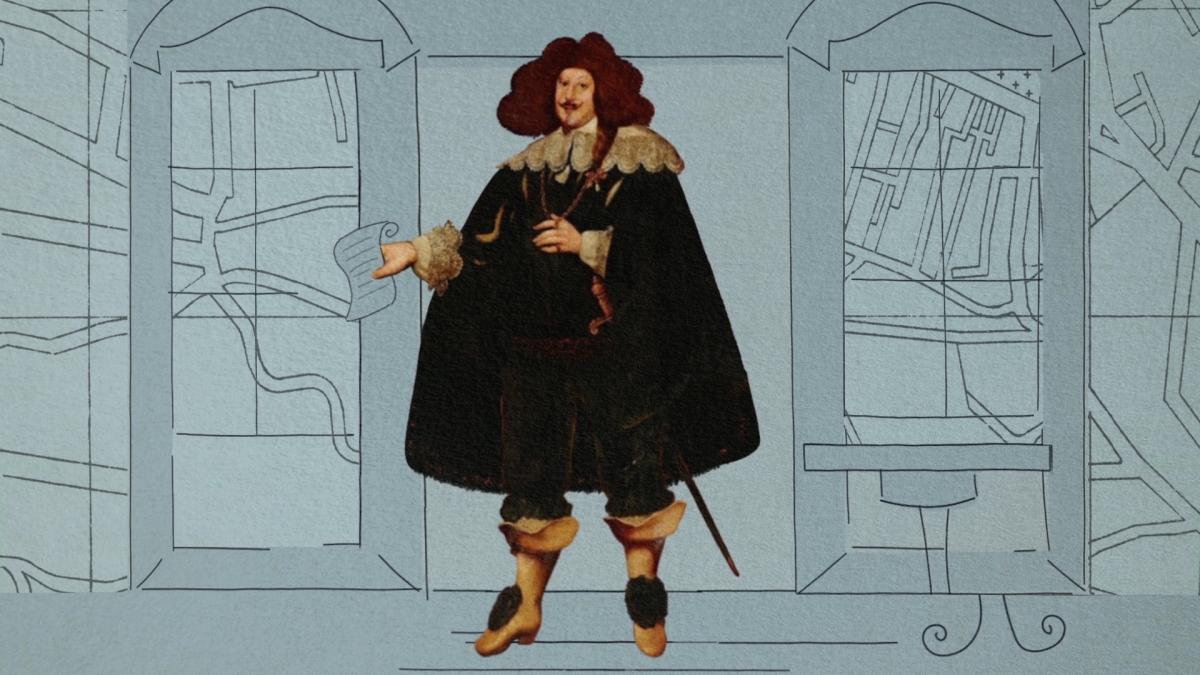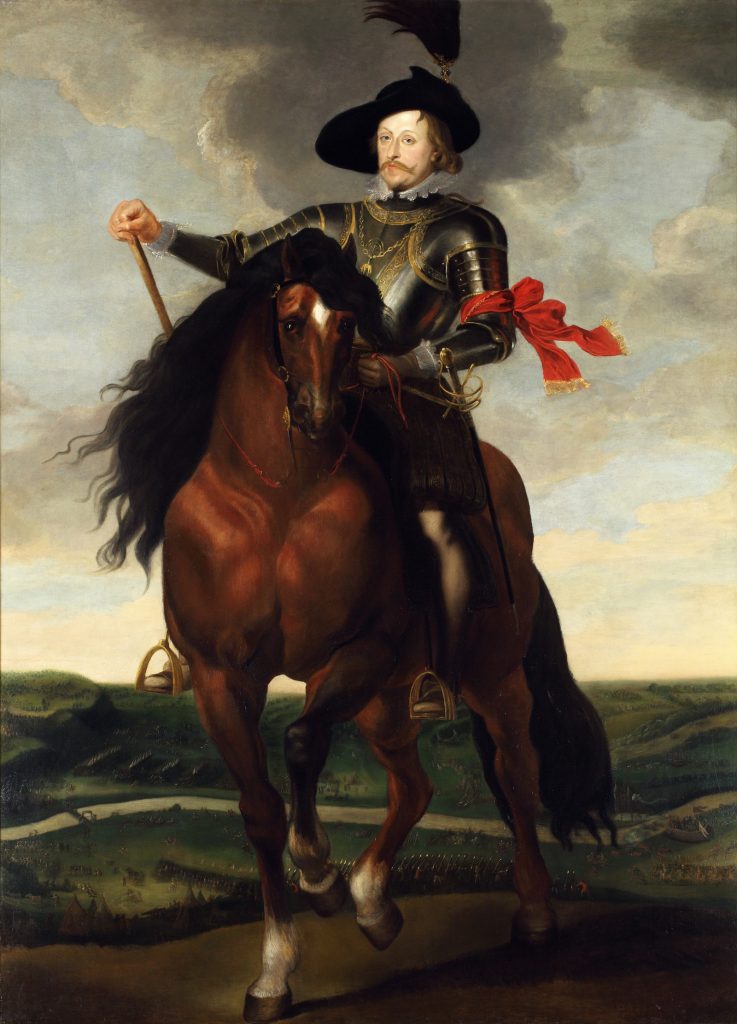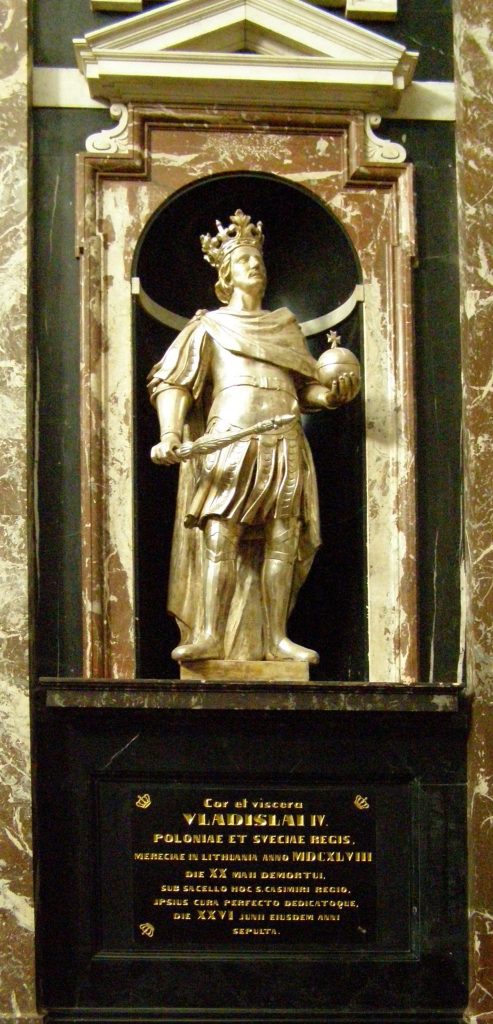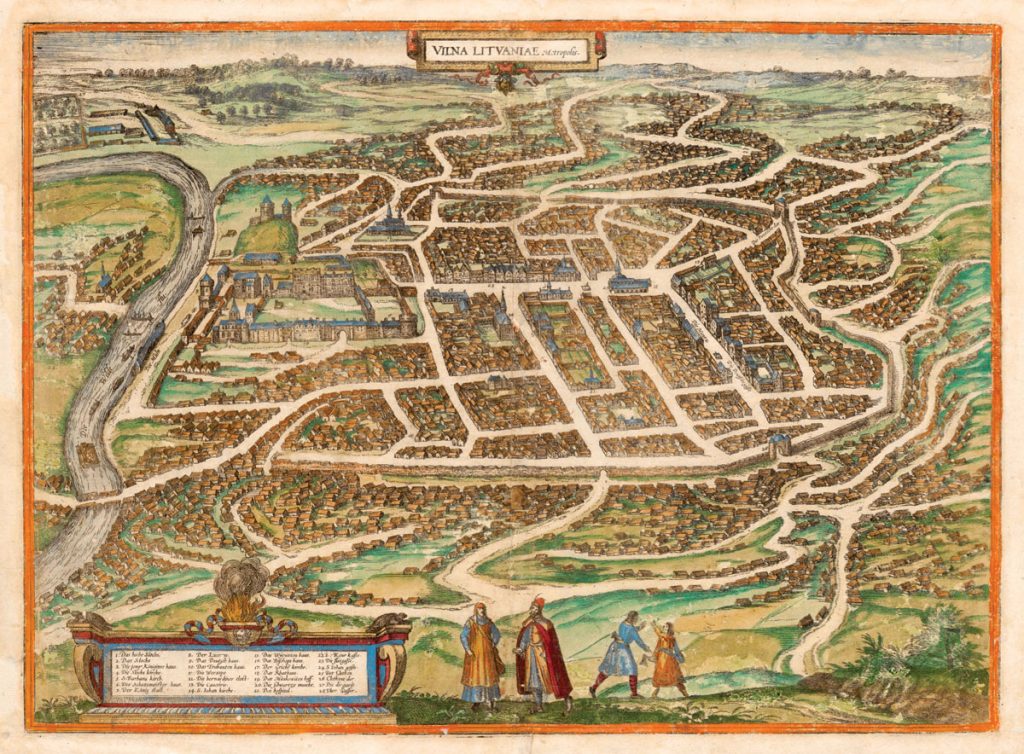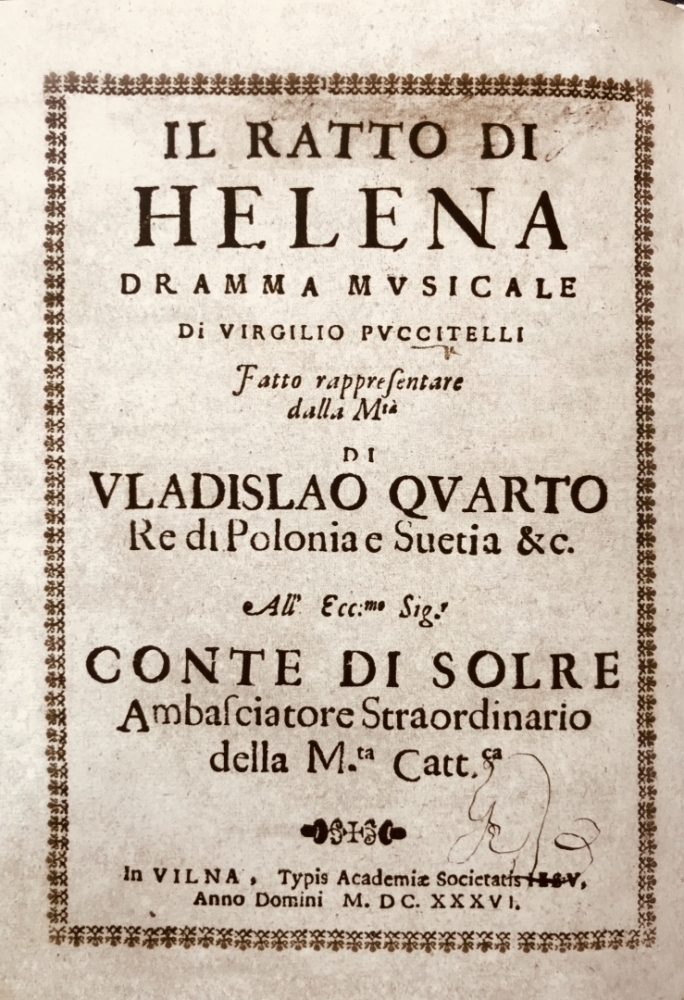Władysław IV Vasa’s Six Months in Vilnius: From Politics to Opera
History of Vilnius in the 17th century featured several events that changed the city’s face dramatically. On 1 July 1610, for instance, Vilnius was devoured by the fire of such magnitude that King Władysław Vasa was compelled to leave the Palace of the Grand Dukes. More than three decades later, the city was ravaged by Cossacks. After occupying the city on 8 August, 1655 they plundered palaces, private homes, churches and monasteries, and set Vilnius on fire that raged for seventeen days.
But the capital of Lithuania saw much brighter days during the 17th century too. The year 1636 might be seen as a special one because Władysław Vasa, the king of Poland and the grand duke of Lithuania, spent six months in Vilnius, thus making it the unofficial capital of the whole Commonwealth.
Number of residents grew by at least 10 percent
Władysław Vasa often stayed in Vilnius for more than a few days: he visited the city five times throughout his 16 year long rule. However, in 1636 he spent six months there, leaving Vilnius on 9 September, 1636.
This was a significant change considering the city had no more than twenty thousand inhabitants at that time.
It was an opportunity for the locals to cash in, as the guests were shopping for various goods, feasted, and required services of various craftsmen. On the other hand, Vilnans the law obliged to accommodate courtiers and other guests on their premises.
Do You Know?
In accordance with the rules of the time, special envoys would visit each and every decent house in the city to evaluate the conditions and set the number of guests and horses to be taken in. Churches, monasteries, and magnate residences were exempt from the obligation to provide board and lodging. Some inventive citizens also procured royal exemptions.
They could count themselves lucky, for just as today, not all guests behaved properly.
There were more than 700 privately-owned houses in Vilnius at the time, almost 400 of which were obliged to provide accommodation to foreign guests. The houses ranged from small wooden cabins to grand mansions built of stone and brick.
The quotidian tasks of the king: from parties to court hearings
King’s visit caused a lot of agitation throughout the city, starting from day one when the monarch was welcomed by the city’s officials greeted him with elaborate speeches and expensive presents before escorting him to the Lower Palace down the lavishly decorated main streets.
“
While in Vilnius, the king participated in several overnight hunts, took part in court hearings, granted privileges, received dozens of diplomats and guests, and participated in balls organized by Lithuanian magnates.
While in Vilnius, the king participated in several overnight hunts, took part in court hearings, granted privileges, received dozens of diplomats and guests, and participated in balls organized by Lithuanian magnates.
On 11 March he feasted at the manor of including Kazimierz Leon Sapieha, on 16 March a ball was held at the estate of Dominik Krzysztof Obrzynski, the referent of the Grand Duchy of Lithuania, on April 3rd Deputy Chancellor of the Grand Duchy Stefan Pac welcomed the magnates and the ruler in his palace, while on 24 April they were hosted by Voievod of Vilnius Krzysztof Radziwill.
On July 10 the ruler participated in a party at the Deputy Chancellor of Poland that included dances and lasted well into the night. On July 22 he visited Treasurer of the Grand Duchy Michał Tryzna. On 31 August the royal family celebrated the wedding of Marshall of the Grand Duchy Jan Kazimierz Chodkiewicz and the daughter of Stefan Pac, Sofia.
The inauguration of St. Casimir’s chapel
“
On 14 August 1636 a very special celebration was held on the occasion of transfer of relics of Prince Casimir to the newly completed namesake chapel in Vilnius Cathedral. The royal family, highest officials, and honourable guests participated in the event.
Several important events had been planned for the later part of the king’s stay.
The main part of the celebration was the procession through the main streets of Vilnius, passing under six decorated triumphal gates. The King and princess surrounded by the magnates headed the procession, the royal orchestra and psalm chanters dominated the aural background. The construction of the St. Casimir’s Chapel began in 1623, and once completed it became one of the most spectacular treasures of the city. It was designed by outstanding Italian sculptors and architects, the chapel introduced Baroque architecture in Lithuania, a style that would soon spread throughout the land. It is no coincidence that the 1630s is considered an important period when the Baroque culture was making inroads throughout the former lands of the Grand Duchy of Lithuania.
The first opera at the royal palace
On 4 September 1636 the Lower Palace of Vilnius hosted the premiere of “The Abduction of Helen” (Il ratto di Helena), the first opera ever staged in Lithuania. Its authors were Italians serving at the royal court. Composed by Marco Scacchi after the libretto by Virgilio Puccitelli, it was staged in Vilnius by Agostino Locci, the chief royal architect.
“
The five-hour show went on amidst rich and colourful settings, changing from arid desert to posh palace to beautiful garden with fountains to sea-faring ships. Only theatrical processions were known in Vilnius prior to that.
The five-hour show went on amidst rich and colourful settings, changing from arid desert to posh palace to beautiful garden with fountains to sea-faring ships. Only theatrical processions were known in Vilnius prior to that.
The words of the audience attest to the mastery of production. Cardinal Mario Filonardi, the Apostolic Nuncio to Poland, mentioned the quality of production in his letters.
Hence, despite that tragedies and losses often dominate the historical narrative of Vilnius, there were periods when the city had its fair share of joy. That is especially true of the year 1636 when the city was graced with the presence of King Władysław Vasa.
Mindaugas Paknys
